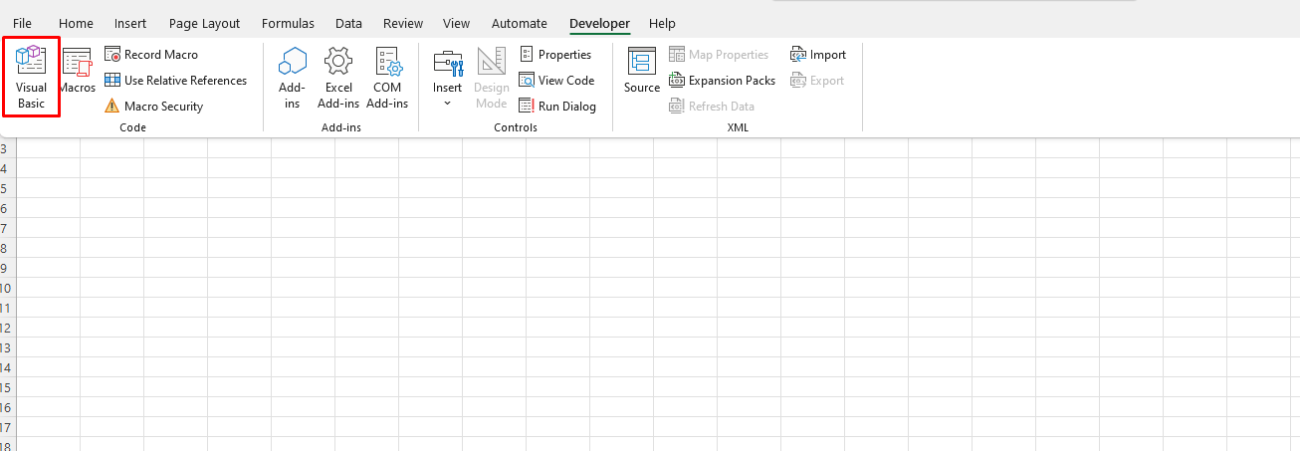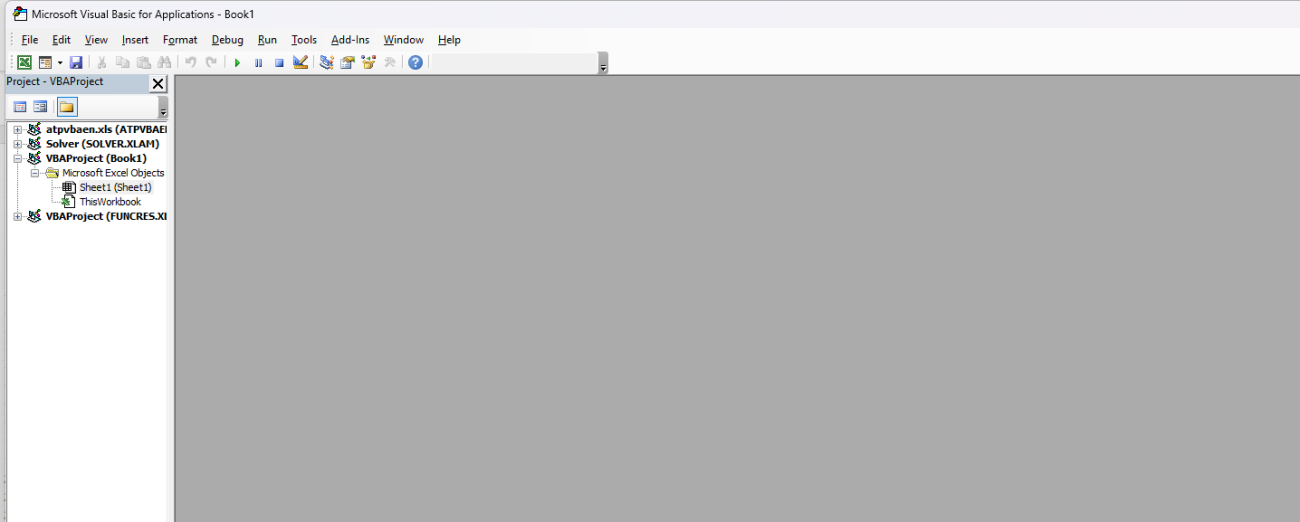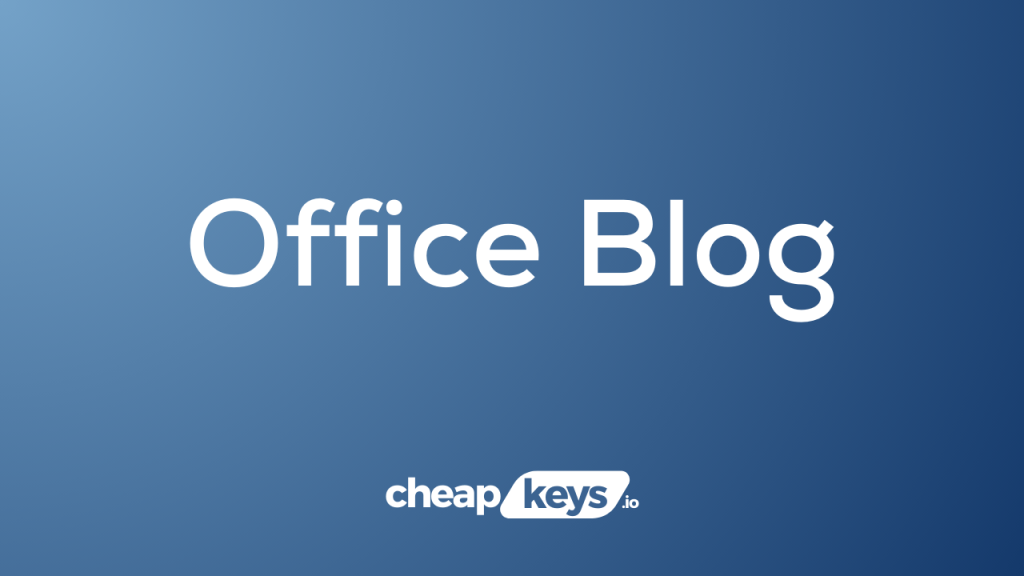Excel is an incredibly powerful tool for data analysis, calculations, and visualizations. However, even with its robust features, repetitive tasks can slow you down and make working with large datasets a chore. This is where VBA (Visual Basic for Applications) comes into play. VBA is a programming language built into Microsoft Office applications, allowing you to automate tasks, streamline workflows, and enhance your productivity. For beginners, understanding the basics of VBA in Excel can unlock a whole new level of efficiency.
In this guide, we’ll explore how you can start using VBA to automate tasks in Excel, which can help not only simplify your Excel work but also improve the integration of your data into PowerPoint presentations. Whether you’re creating reports, analyzing data, or preparing visualizations for presentations, automating repetitive Excel tasks with VBA can save you hours.
1. What Is VBA and Why Should You Care?
VBA is a programming language embedded in Excel, Word, PowerPoint, and other Microsoft Office applications. It allows you to write macros—small programs that automate tasks and processes within the software. By automating tasks in Excel, such as data entry, formatting, or complex calculations, you can save time, reduce errors, and ensure consistency.
Why Learn VBA?
- Time-saving: Automate repetitive tasks like formatting cells, creating charts, or applying filters.
- Error reduction: With automated processes, human errors are less likely to occur.
- Increased productivity: Focus on analysis and strategy rather than routine tasks.
- Enhanced integration: Use Excel data in PowerPoint more efficiently by automating data updates and presentation slides.
2. Getting Started with VBA in Excel
To begin using VBA in Excel, follow these simple steps:
Enable Developer Tab:
- Open Excel and go to the File tab.
- Click on Options, then choose Customize Ribbon.
- Check the box for Developer and click OK. This will add the Developer tab to your ribbon, where you’ll access VBA features.
Open the VBA Editor:
- Click on the Developer tab in the ribbon.
- Click on Visual Basic to open the VBA editor. This is where you’ll write and edit your macros.
Recording a Simple Macro: If you’re not familiar with programming, a great place to start is by recording a simple macro. Excel’s Macro Recorder can capture your actions and convert them into VBA code, which you can later tweak and customize.
- Go to the Developer tab and click Record Macro.
- Perform a series of actions in Excel (e.g., formatting cells, inserting a chart, or sorting data).
- Stop the recording, and Excel will generate the VBA code that corresponds to your actions.
Pro Tip: You can edit the recorded macro in the VBA editor to fine-tune or extend its functionality.

3. Basic VBA Syntax: Writing Your First Macro
VBA syntax might seem intimidating at first, but once you understand its structure, it’s easier to create custom macros. Here’s a basic example of how you can write a macro to automate formatting:
Sub FormatCells()
' Format selected cells to have bold text and a yellow background
With Selection
.Font.Bold = True
.Interior.Color = RGB(255, 255, 0) ' Yellow
End With
End SubExplanation:
Sub FormatCells()defines the start of the macro and gives it a name.Selectionrefers to the currently selected cells..Font.Bold = Truemakes the text bold..Interior.Color = RGB(255, 255, 0)sets the cell background color to yellow.
To run this macro, go back to Excel, select a range of cells, and then run the macro from the Developer tab.

4. Automating Data Updates with VBA
A common use case for VBA in Excel is automating data updates. For example, you might want to pull data from an external source (like a CSV file or database) and update your workbook automatically.
Sample VBA Code for Importing Data from a CSV File:
Sub ImportCSVData()
Dim ws As Worksheet
Set ws = ActiveSheet
With ws.QueryTables.Add(Connection:="TEXT;C:\path\to\your\data.csv", Destination:=ws.Range("A1"))
.TextFileConsecutiveDelimiter = False
.TextFileTabDelimiter = False
.TextFileCommaDelimiter = True
.Refresh BackgroundQuery:=False
End With
End SubThis script imports a CSV file into Excel, with data beginning at cell A1. It automatically configures settings to use commas as delimiters, refreshing the query to pull in the data. With this automation in place, you can keep your data up to date with minimal manual intervention.
5. Automating PowerPoint Presentations with VBA
Once you have your data and charts ready in Excel, you may want to automatically transfer them into PowerPoint for presentations. VBA allows you to create PowerPoint slides directly from Excel, saving you the effort of copy-pasting data and charts manually.
Sample VBA Code for Creating a PowerPoint Presentation from Excel:
Sub CreatePPT()
Dim pptApp As Object
Dim pptPres As Object
Dim slide As Object
Dim chart As Object
' Create a new PowerPoint application
Set pptApp = CreateObject("PowerPoint.Application")
pptApp.Visible = True
' Create a new presentation
Set pptPres = pptApp.Presentations.Add
' Add a slide to the presentation
Set slide = pptPres.Slides.Add(1, 1) ' 1 = ppLayoutText
' Copy chart from Excel
Set chart = ActiveSheet.ChartObjects(1).Chart
chart.CopyPicture
' Paste chart into PowerPoint slide
slide.Shapes.Paste
End SubThis macro creates a new PowerPoint presentation, adds a slide, and pastes a chart from Excel onto the slide. The chart.CopyPicture method copies the chart as a picture, which is then pasted into PowerPoint.
6. Tips for Working with VBA in Excel
- Error Handling: Add error handling to your macros to catch issues and prevent crashes. Use
On Error Resume NextorOn Error GoTofor more sophisticated error management. - Refactoring Code: As you become more comfortable with VBA, organize your code into reusable functions and subroutines to keep it clean and maintainable.
- Debugging: Use the Debug feature in the VBA editor to step through your code and identify any issues.
Get the cheapest Office keys available, offering genuine software at unbeatable prices for all your productivity needs.


